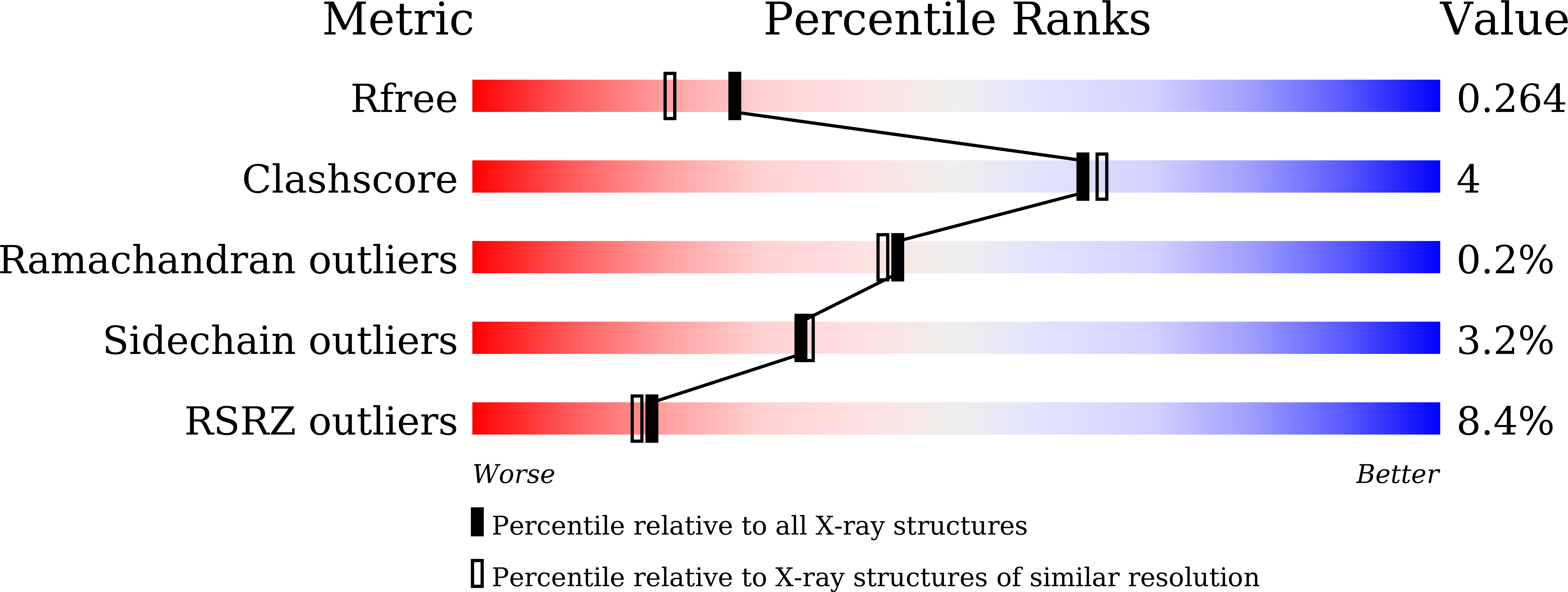
Deposition Date
2024-12-03
Release Date
2025-04-23
Last Version Date
2025-09-10
Entry Detail
PDB ID:
9KUE
Keywords:
Title:
Crystal structure of the soluble green pigment protein from Tettigonia cantans
Biological Source:
Source Organism:
Tettigonia cantans (Taxon ID: 420850)
Method Details:
Experimental Method:
Resolution:
1.99 Å
R-Value Free:
0.26
R-Value Work:
0.22
R-Value Observed:
0.22
Space Group:
P 21 21 21


